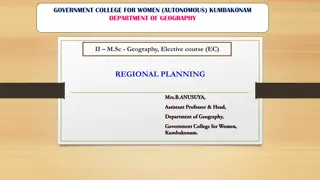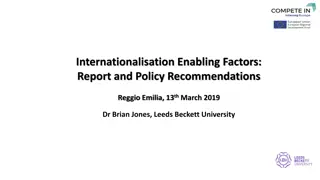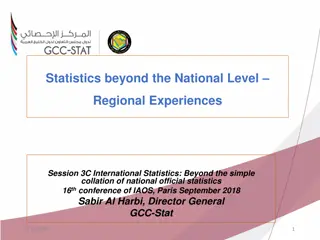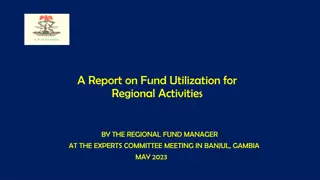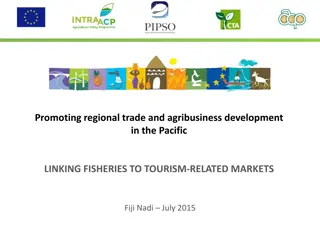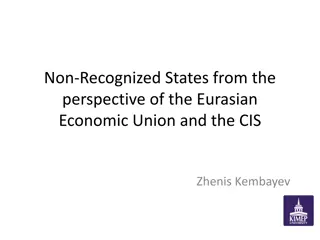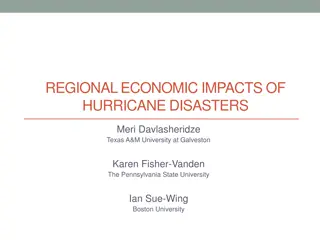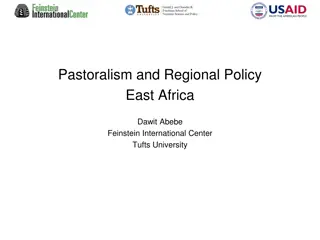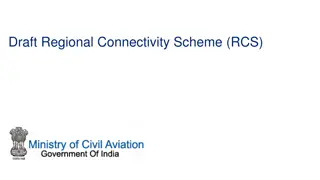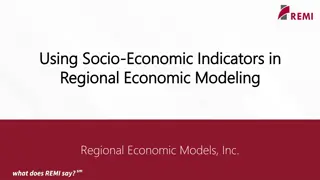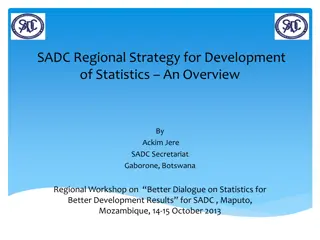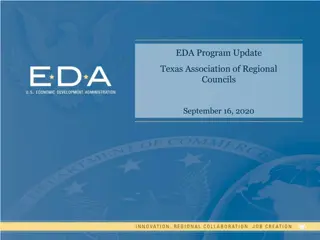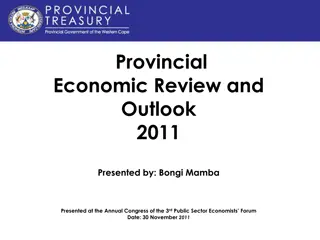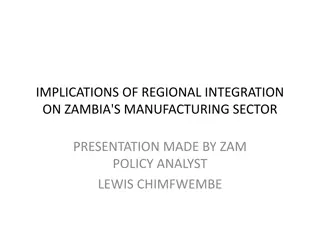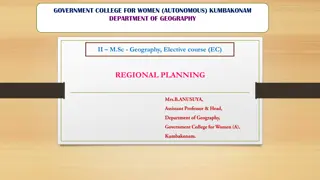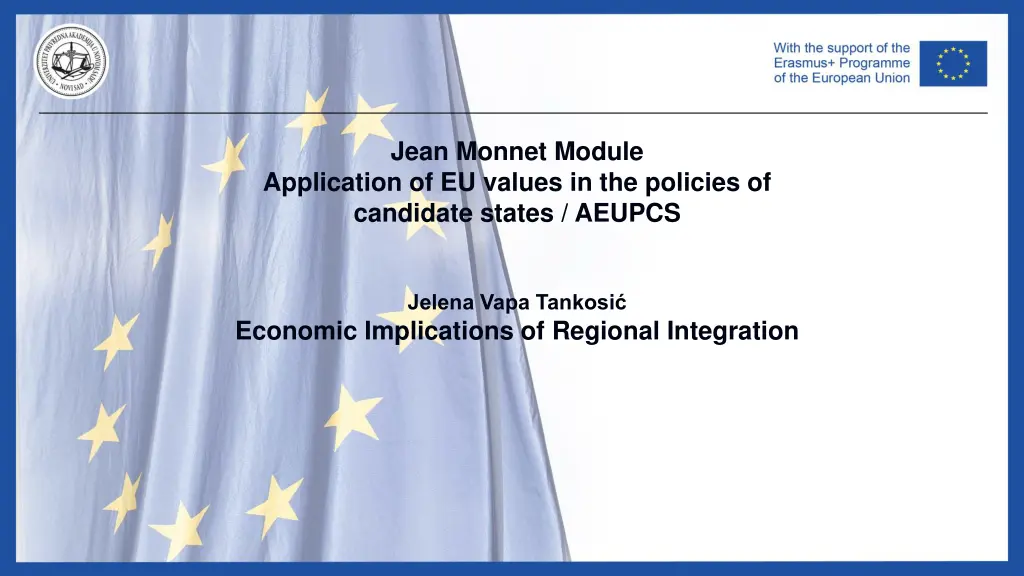
Economic Implications of Regional Integration and EU Values in Candidate States Policy
Explore the economic benefits and challenges of regional integration, focusing on the application of EU values in candidate states' policies. Discover the positive effects and arguments against preferential trade agreements.
Download Presentation

Please find below an Image/Link to download the presentation.
The content on the website is provided AS IS for your information and personal use only. It may not be sold, licensed, or shared on other websites without obtaining consent from the author. If you encounter any issues during the download, it is possible that the publisher has removed the file from their server.
You are allowed to download the files provided on this website for personal or commercial use, subject to the condition that they are used lawfully. All files are the property of their respective owners.
The content on the website is provided AS IS for your information and personal use only. It may not be sold, licensed, or shared on other websites without obtaining consent from the author.
E N D
Presentation Transcript
Jean Monnet Module Application of EU values in the policies of candidate states / AEUPCS Jelena Vapa Tankosi Economic Implications of Regional Integration
Economic Implications of Regional Integration Numerous theoretical and empirical studies have shown the economic benefits that have been achieved in certain phases of integration. The benefits of REI are usually achieved in the long run. The costs are usually a prerequisite for the later economic benefits. REI have different levels from the mildest to the most developed. From preferential trade agreements, partial customs unions, free trade zones, customs unions, the common market to partial economic union as the ultimate goal of economic and monetary union.
Economic Implications of Regional Integration The positive effects of economic integration economies of scale increased competition and resource allocation efficiency production specialization improved access to innovation reallocation of production and trade, greater efficiency and production in general, as well as increased competitiveness in the overall integrated economic space and unified foreign trade policy and tariff towards third countries.
Arguments contra PTAs Trade diversion effect - PTAs can result in imports of goods from a less efficient country at a higher cost, rather than imports from a country at a lower cost. Discrimination against PTA non-member countries. Overlap with existing trade agreements with other countries (so-called spaghetti bowl).
Economic Implications of Regional Integration The process of European integration began as the dominant international political and security solution. Each new enlargement brought new challenges. The beginning of integration, from a successful customs union, and through a hard-to-create common and single market, to a monetary and economic union. Higher levels of integration, and enlargements with new members, make the EU's internal functioning more difficult.
Preferential trade agreement A preferential trade agreement is an agreement between member states that grants each other various benefits in the field of foreign trade. Mutual trade of products of the countries that are signatories to the preferential trade agreement is favored in relation to countries that are not Member States. This is the weakest form of economic integration. An example of a preferential trade arrangement is the Preferential Scheme of the British Commonwealth, which was founded in 1932 by the United Kingdom with members and some former members of the British Empire.
Free trade area Free trade area consists in the elimination of all foreign trade barriers in the international movement of goods and services among the members of the zone. The free trade area represents one of the lowest stages in the development of regional integration because it implies an agreement on trade and exchange of goods between member states without the application of customs duties while each member state independently determines customs duties on imports from non-member countries. Examples: the European Free Trade Association (EFTA), founded in 1960 by the United Kingdom, Austria, Denmark, Norway, Portugal, Sweden and Switzerland, and the North American Free Trade Agreement (NAFTA) between the USA, Canada and Mexico in 1993. and the Southern Common Market (Mercosur) of Argentina, Brazil, Paraguay and Uruguay in 1991.
Customs Union Customs Union represents a higher stage in the process of development of regional economic integration and is characterized by an agreement in the direction of abolishing mutual customs duties as well as common tariffs and foreign trade policies that apply to trade with non-member countries. An example: European Union (EU), or the Common European Market formed in 1957 by West Germany, France, Italy, Belgium, the Netherlands and Luxembourg. Another example is the Zollverein, or customs union, founded in 1834 by a number of independent German states.
Common market Then we gradually come to the common market which implies integration of not only the goods market but also the labor and capital markets between the member states with the adoption of certain common policies as well as the mobility of factors of production. goes beyond the customs union by allowing the free movement of labor and capital between member states. Example: The EU reached common market status in early 1993.
Economic union Economic union goes even further by harmonizing, or even harmonizing, monetary policy and fiscal policy between member states. This is the most advanced form of economic integration. Example: Benelux, which represents the economic union of Belgium, the Netherlands and Luxembourg, which was formed after the Second World War. Monetary union: EU-adoption uf euro (19 member states) Presupposes common policies in certain domains or full harmonization, harmonization of different regulations between member states, as well as a common currency, a central bank and a common economic policy.
Complete Political Union Complete Political Union occurs when two or more member states unite to form a sovereign nation under one federal or centralized institutional structure Example: the unification of the East and West Germany.
Further reading for discussion Viner, J. (1950). The customs union issue. New York: Carnegie Endowment for International Peace. Meade, J. (1955). The Theoryof Customs Unions. Amsterdam: North- Holland. Lipsey, R.G. (1961). The Theory of Customs Unions: A General Survey, Economic Journal, pp. 498-513. Balassa, B. (1961). The theory of economic integration. Homewood, Ill: R.D. Irwin. Balassa, B. (1974). Trade Creation and Trade Diversion in the European Common Market: An Appraisal of the Evidence, The Manchester School, pp. 93 135.
Further reading Baldwin, R.E, Venables, A.J. (1995). Regional Economic Integration, In G.M. Grossman, K. Rogoff, eds., Handbook of International Economics,Vol. III (Amsterdam: Elsevier, 1995), pp. 1598-1644. Jovanovi . M (2006). Customs Unions , in Miroslav N. Jovanovi , The economics of international integration, Cheltenham: E. Elgar, pp.28- 155 Krugman, P.R., Obstfeld, M., Melitz, M. (2012). International Economics, 9th Ed., Boston :Addison-Wesley [ISBN: 9780132146654] Salvatore, D. (2013). International Economics, 11th Ed., USA: Wiley. [ISBN: 1118177932]



